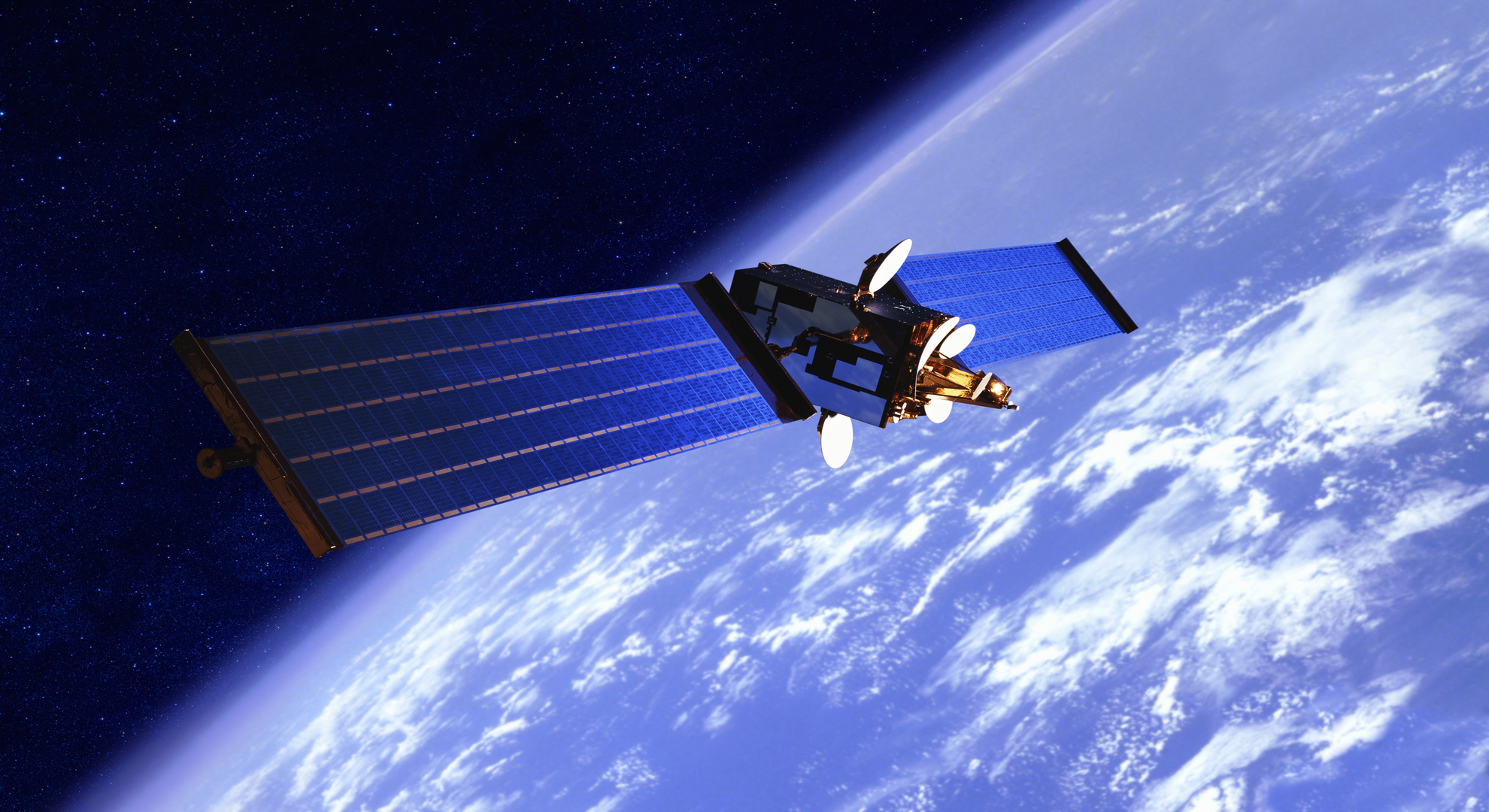
19 Apr Communication satellites and their role in expanding global connectivity
In Yuval Noah Harari’s book, 21 Lessons for the 21st Century, he says “the revolution in the coming decades will see a fusion of biotechnology and info technology. The most prominent idea of the 21st century will be that organisms are algorithms, and that algorithms can hack other organisms”.
We still don’t know if such a scenario is just around the corner or wild speculation, but it’s clear that global connectivity is the context in which most big changes of the future are likely to happen, from the most fanciful to the most realistic. And to achieve that level of connectivity, some obstacles have to be overcome, especially in terms of the outstanding technological gap and the impact of digitalisation on the environment. Whatever happens, communication satellites will play a significant role.
What is a communication satellite and how does it work?
A communication satellite is an artificial satellite that’s launched into space on the back of a rocket to orbit the Earth. They’re typically equipped with receivers, transceivers, antennae, transponders and other devices used to send and receive communication signals.
Satellites either take up a stationary position in orbit or else follow a predetermined trajectory. This all means that satellites can receive signals beamed up into space from the Earth’s surface, boost them, if necessary, before sending them back down to Earth to receivers that are sometimes very, very far away from the initial emitter.
The long road ahead to global connectivity – and the obstacles in the way
Global connectivity should never be thought of as a panacea for all the world’s problems, but it will be crucial in our future social and economic development. For developed nations, of course, but particularly for developing ones. But the journey towards that goal will be a challenging one that will require a significant global effort.
Persistent gaps.
The main obstacles to achieving global connectivity are economic ones, alongside infrastructure, gender and generational gaps, inequality when it comes to acquiring the necessary technological resources, education and implementation, and that’s just the first few that come to mind.
The impact that the various technological developments needed for global connectivity have on the environment is also starting to weigh heavily. All countries and organisations can and must pursue connectivity goals, but that can’t take place at the cost of razing natural, energy and environmental resources that are critical to the long-term survival of our planet, even of the human race itself…
Communication satellites and the future of connectivity
All the gaps mentioned above – alongside other complex problems that we haven’t yet mentioned, which also relate to global connectivity – won’t be resolved with the introduction of a single solution, such as communication satellites. But they can play a very important role in paving the way forward.
Fortunately, manufacturing and putting satellites into orbit is much more economically affordable today than it was even just a few decades ago. This allows mid- and low-mid-range international powers to consider entering the sustainable technological development business without breaking the bank. Similarly, the materials needed to build a communication satellite, the energy needed to put it into space and the resources needed to maintain it are becoming much more environmentally friendly. And if that weren’t enough, satellite infrastructure has no up-and-coming rival technology, i.e. no additional surprise costs down the line if things change, compared to infrastructure that requires rolling out terrestrial connectivity, as is the case with fibre optic or 5G technology.
This, in addition to a satellite’s versatility in terms of geographical scope and overcoming physical barriers, is a real glimmer of hope for many parts of the planet – especially rural spots and those that are difficult to access – where high-quality connectivity remains an unattainable dream.

